Golden Mile Complex will 'not be the same even if building is kept'
SINGAPORE — It has seen better days. Back in the 1980s and 1990s, Golden Mile Complex was so packed that shoppers “cannot even see the other end (of the shopping mall)” on a Sunday, said Mr Ande Lai, 70, who has been running a Kodak shop on the ground floor of the complex since its early days.
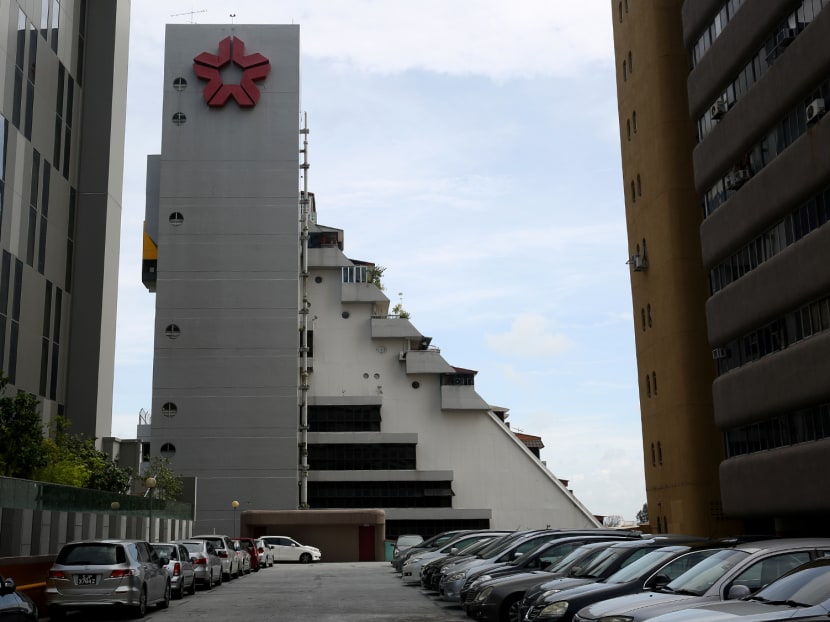
Known not just for its iconic architecture but also as a haven for the Thai community living and working in Singapore, Golden Mile Complex has managed to retain its distinctively Thai character despite the smaller crowd.
SINGAPORE — It has seen better days. Back in the 1980s and 1990s, Golden Mile Complex was so packed that shoppers “cannot even see the other end (of the shopping mall)” on a Sunday, said Mr Ande Lai, 70, who has been running a Kodak shop on the ground floor of the complex since its early days.
Head down to the mall today and one will find that the crowds have really dwindled since its heyday.


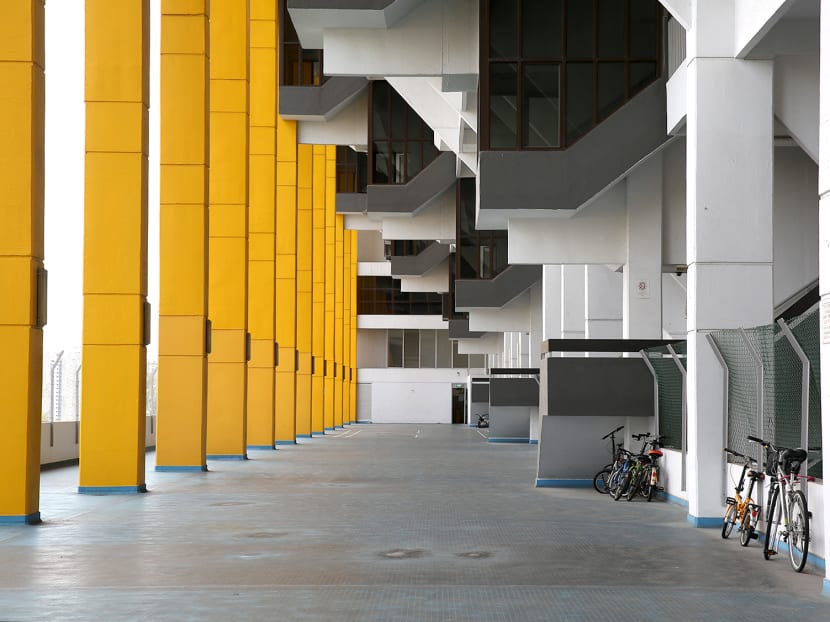
“It's a Little Thailand. You come here, you tend to speak Thai. You look at Thai culture, how they talk, how they react with each other,” said Mr Geoffrey Fan, 52, who works as a manager at a Thai restaurant.
The mixed-use development is currently on the market for sale after more than 80 per cent of its owners agreed to sell the 46-year-old building.
Based on the planning advice provided by the Urban Redevelopment Authority (URA), interested developers can build an integrated development on the current site with a gross floor area of almost 86,000 sqm, which includes retaining the existing landmark building, as well as constructing a new building next to it. The tender for the building, which is on the market for S$800 million, will close on Jan 30.
Owners and staff of Golden Mile Complex believe that the building will just be a shell of its former self the moment a deal is signed.
Mr Lai, who also owns a residential unit on the 14th floor, said: “They keep the building but they won’t keep these people here. Maybe the exterior is the same but the interior will not be the same. No way to replicate this place any more. Once it’s gone, it’s just memories.”
DESIGNED FOR HIGH-DENSITY, TROPICAL ENVIRONMENT
.embed-container { position: relative; padding-bottom: 56.25%; height: 0; overflow: hidden; max-width: 100%; } .embed-container iframe, .embed-container object, .embed-container embed { position: absolute; top: 0; left: 0; width: 100%; height: 100%; }The uniquely Thai identity of Golden Mile Complex is also celebrated by one of its three main architects, Mr Tay Kheng Soon, who believes that the building had achieved its objective of catering to people from different classes.
“It is one of the most popular and most successful Thai food centres, which satisfies the original idea that you can have upper class (of residents) above and you can have the working class below,” the 77-year-old said.
The building’s design was often said to be inspired by the Brutalist architecture that was known for its ruggedness and that flourished in the 1950s till 1970s.
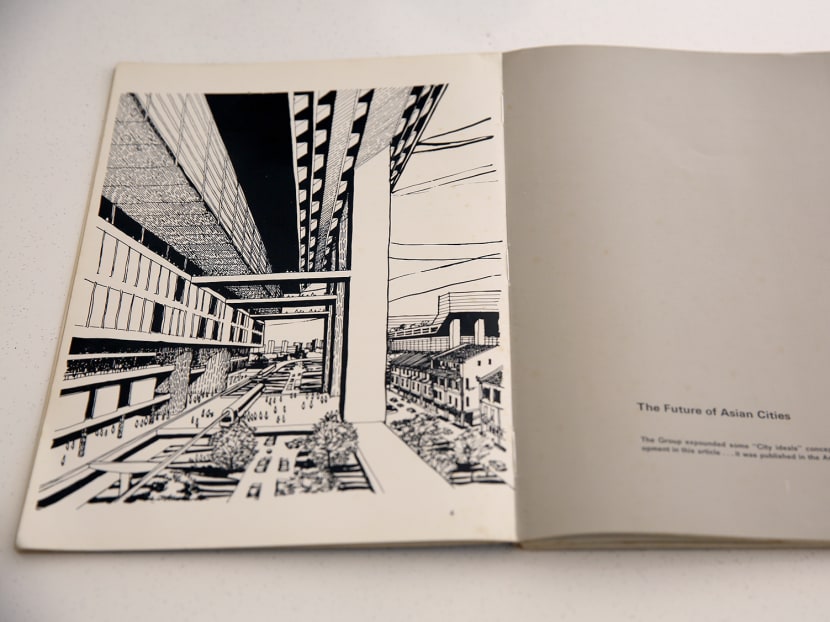
Mr Tay explained that the architects had wanted to create “bold, real and daring” designs instead of something contemporary.
“I think Golden Mile is a symbol of that time, of that spirit, which, regrettably, has been kind of lost. Today, we have only a decorative kind of design that looks rather pretty. And I think this is a sign of the times too, that societies that are not bold are societies in decline. And I think we are in decline,” Mr Tay added.
“LITTLE THAILAND”
Originally conceived to be the first of several developments to line Beach Road as part of a wider project to redevelop Singapore’s central area in the 1960s, Golden Mile Complex was one of the first mixed-use developments which consisted of residential, office and retail units in one building.
Completed in 1973, the building comprises 68 residential, 227 office and 418 retail units, making up 718 units altogether.
The first three levels of the building are all retail units, while offices occupy the fourth to ninth floors of the building. Residential units take up the 10th to 16th storeys.
According to Mr Lai, Golden Mile Complex was a mall like any other, with retail outlets like Bata and Cold Storage during the first few years after it opened.
Mr Ponno Kalastree, 71, who owns a residential unit on the 12th floor since 1989 and is renting two office spaces for his security and investigation company on the eighth floor, said that there used to be Chinese and Indian restaurants in the complex.
Business was tough in the initial years, according to Mr Lai, and many owners moved out of the building.
But things changed in the early 1980s when the Thai community gradually settled in.
Ms Amy Chang, 58, who has been living on the 12th storey of the building since 1983, said that it started with a few Thai shops but the turning point came when a Thai supermarket opened in 1985. That was when “everyone moved into” Golden Mile Complex and it became a meeting point for Thai construction workers every Sunday.
They came to Singapore by the thousands in the 1980s and 1990s during the construction boom when there were huge infrastructure projects.
They mainly travelled to Singapore by bus, many of which will drop and pick them up at Golden Mile Complex as more and more tour agencies set up shop there.
“Every day we see groups of 20, 30 Thai construction workers. They carry pots and pans, rice, pillows... everything,” Mr Lai said.
Besides Thai food stalls, other businesses catering to the Thai community started mushrooming, such as shops selling Thai music cassette tapes, Thai newspaper stands and remittance agencies.
As for Mr Lai’s Kodak shop, the Thais’ love for photography helped him prosper.
But Thai discos and karaoke also started popping up, and that earned Golden Mile Complex a reputation as a “sleazy” place.
“There were drunken brawls. Sometimes they fight, can hear glass bottles breaking, can hear shouting, ambulance coming in,” Ms Chang recalled.
STILL A HOMEAWAY FROM HOME
As the construction workforce began to rely less on Thai nationals and took in more workers from Bangladesh and India, the crowds at Golden Mile gradually declined in size.
In fact, shop owners said there are sometimes more Singaporean customers, or people of other nationalities, than Thai.
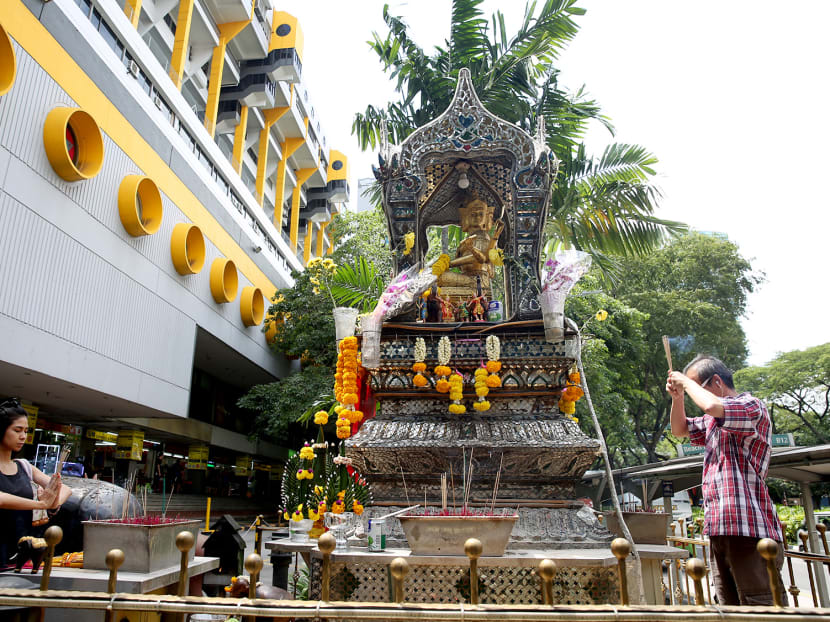
Despite that, residents and shop owners said there is still a very strong Thai culture at Golden Mile Complex.
Mr Kalastree said the building still gets very crowded during Thai festivals, such as Song Kran during the month of April.
“They will turn on the Thai songs and everybody will dance,” he added.
Mr Robert Yao, 45, who owns a muay thai boxing gym there, said being located in Golden Mile Complex is a way of spreading Thai culture to his students who are mainly Singaporeans and other non-Thai nationals.
And he is concerned that moving elsewhere if the building goes en bloc might mean that his muay thai gym will “lose its authenticity”.
“If it’s here, it shows you are spreading Thai culture in food, in clothes,” said Mr Yap, who has been teaching muay thai at Golden Mile Complex for the past 12 years.
“You can’t create another “Little Thailand”. It must come from the people's culture. And you can’t recreate that. It’s built over time.”
Even for residents like Ms Chang and Mr Kalastree who are among the 80 per cent who agreed to go en bloc, they said their decision was borne out of necessity given that the age of the building has caused them several maintenance issues.
“If possible, I would not move out from here,” said Mr Kalastree.
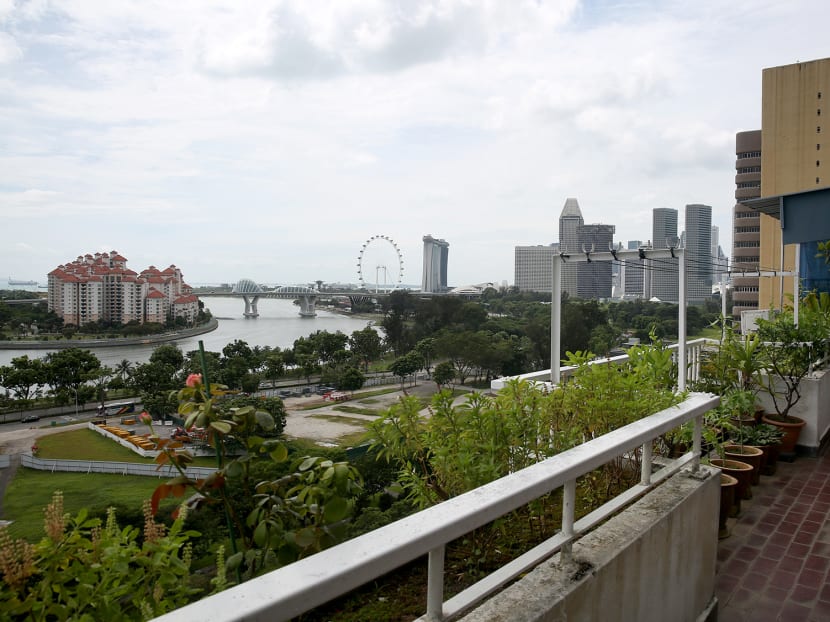
Citing the panoramic skyline views and proximity to the city as her reasons for staying this long, Ms Chang said: “If no water problems, I won’t think about moving out for sure”.











